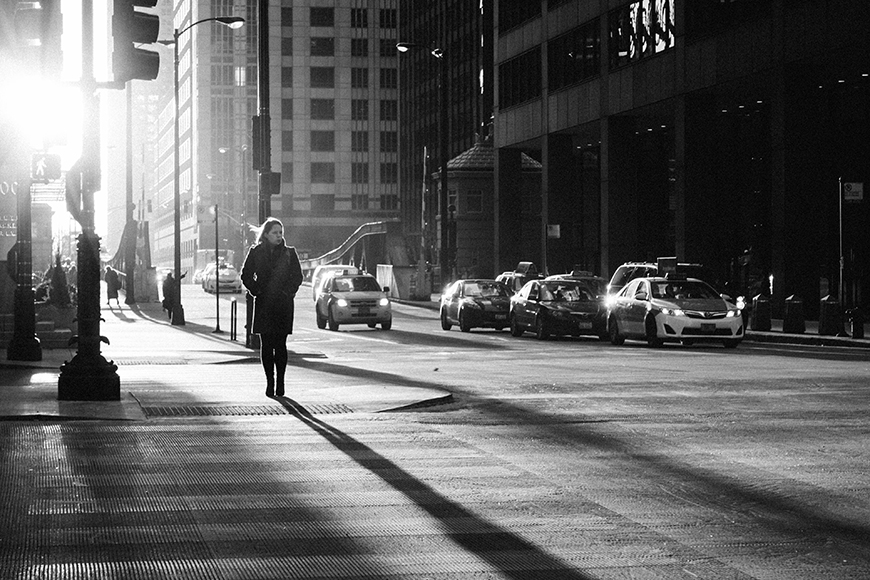The Ultimate Guide To Street Photographers
The Ultimate Guide To Street Photographers
Blog Article
Getting The Street Photographers To Work
Table of ContentsNot known Incorrect Statements About Street Photographers The Buzz on Street PhotographersThe Greatest Guide To Street PhotographersA Biased View of Street PhotographersThe 10-Second Trick For Street Photographers
Road professional photographers do not always have a social function in mind, yet they choose to separate and catch moments which may otherwise go undetected.Though he was influenced by a number of those that affected the road digital photographers of the 1950s and '60s, he was not chiefly curious about capturing the spirit of the road. The impulse to visually record people in public began with 19th-century painters such as Edgar Degas, douard Manet, and Henri de Toulouse-Lautrec, that worked side by side with digital photographers trying to catch the significance of city life.
As a result of the relatively primitive innovation readily available to him and the long direct exposure time required, he battled to capture the pressure of the Paris streets. He tried out with a collection of photo approaches, trying to discover one that would certainly allow him to catch activity without a blur, and he discovered some success with the calotype, patented in 1841 by William Henry Fox Talbot. While the professional photographers' topic was basically the very same, the results were noticeably different, demonstrating the influence of the digital photographer's intent on the personality of the images he produced.
Offered the fine quality of his photos and the breadth of material, architects and musicians typically bought Atget's prints to make use of as referral for their own job, though commercial passions were barely his major inspiration. Rather, he was driven to picture every last remnant of the Paris he liked.
Unknown Facts About Street Photographers
They disclose the city via his eyes. His work and fundamental understanding of digital photography as an art type functioned as ideas to generations of professional photographers that adhered to. The next generation of street professional photographers, though they likely did not refer to themselves as such, was introduced by the photojournalism of Hungarian-born photographer Andr Kertsz.
Unlike his peers, Brassa utilized a larger-format Voigtlnder cam with a longer exposure time, compeling him to be a lot more calculated and thoughtful in his practice than he could have been if making use of a Leica. (It is believed that he might not have actually had the ability to manage a Leica at that time, but he did, nonetheless, use one in the late 1950s to take colour photographs.) Brassa's photos of the Paris abyss lit up by synthetic light were a revelation, and the compilation of the collection that he published, (1933 ), was a significant success.
Cartier-Bresson was a champ of the Leica check this site out video camera and one of the initial digital photographers to maximize its capabilities. The Leica permitted the digital photographer to engage with the environments and to record minutes as they occurred. Its reasonably little dimension also helped the photographer discolor into the background, which was Cartier-Bresson's favored technique.
7 Easy Facts About Street Photographers Shown
It is since of this essential understanding of the art of picture taking that he is usually credited with finding the medium all over again roughly a century given that its invention. He took pictures for more go to my site than a half century and influenced generations of professional photographers to trust their eye and instinct in the minute.
These are the concerns I will attempt to address: And afterwards I'll leave you with my very own meaning of road photography. Yes, we do. Let's start with specifying what a definition is: According to (Street Photographers) it is: "The act of defining, or of making something precise, distinctive, or clear"
No, definitely not. The term is both limiting and deceiving. Seems like a street photography need to be pictures of a roads best?! And all road digital photographers, with the exception of a little number of absolute beginners, will fully value that a street is not the vital element to road digital photography, and actually if it's a photo of a road with maybe a few uninteresting individuals doing nothing of rate of interest, that's not road photography that's investigate this site a photo of a road.
Street Photographers for Dummies
He makes a valid point do not you assume? While I agree with him I'm not sure "honest public photography" will certainly capture on (although I do kind of like the term "candid photography") due to the fact that "road photography" has been around for a lengthy time, with numerous masters' names attached to it, so I think the term is below to remain (Street Photographers).
Inside?! I hear you yell as you drink your fist to the sky. Why not? You can fire at the coastline, at a celebration, in a street, in a park, in a piazza, in a cafe, at a gallery or art gallery, in a metro station, at an occasion, on a bridge, under a bridge ...

Street Photographers for Dummies

Report this page